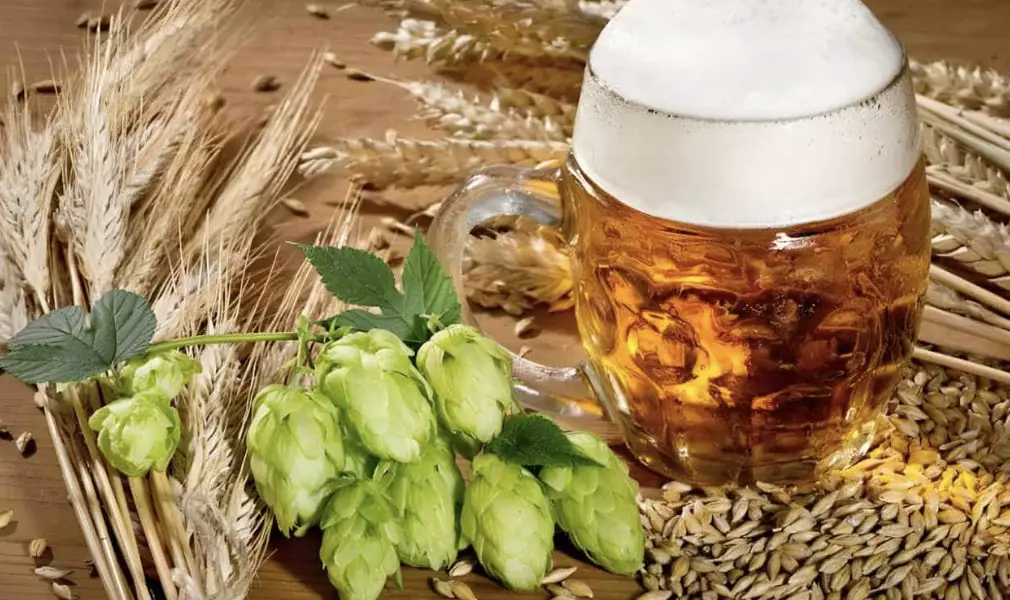
Art of Brewing: Unraveling the 4 Essential Ingredients of Beer
Beer, one of the world’s oldest and most beloved beverages, has been delighting our taste buds for millennia. Behind this delectable and complex drink lies a harmonious blend of ingredients that come together to create the perfect pint. In this blog post, we will embark on a journey through the art of brewing, uncovering the four essential ingredients that give beer its distinctive taste and character.
- Water: The Building Block
Water, the foundation of all life, plays a vital role in the brewing process. It serves as the primary ingredient, constituting over 90% of the final beer. The quality of water significantly influences the beer’s flavor profile, as different mineral compositions can impact the taste and mouthfeel.
Various regions around the world boast unique water profiles, contributing to the distinct regional styles of beer. For example, the soft water of Pilsen in the Czech Republic is integral to the creation of the renowned Pilsner Lager, while the mineral-rich water of Burton-on-Trent in England is perfect for brewing hoppy pale ales.
- Malt: The Heart of the Brew
Malt, derived from barley grains that undergo the malting process, forms the heart of beer. During malting, barley seeds are soaked in water, germinated, and then dried in kilns to produce malted barley. The type of malt used, as well as the degree of roasting or toasting, influences the beer’s color, aroma, and flavor.
Malted barley provides the sugars necessary for fermentation, as well as a myriad of complex flavors ranging from caramel and toffee in darker beers to biscuit and bread in lighter ones.
- Hops: The Bitter Balance
Hops, the green flowers of the hop plant, are responsible for adding bitterness, aroma, and flavor to beer. Their essential oils contain a variety of aromatic compounds, contributing to the vast range of beer styles we know today.
During the brewing process, hops are added at various stages. Early hop additions impart bitterness, balancing the sweetness from the malt. Later additions add aroma and flavor, infusing the beer with floral, citrusy, piney, or herbal notes. The combination of hop varieties and the timing of their addition allows brewers to create an endless spectrum of beer flavors.
- Yeast: The Magical Microorganism
Yeast, the magical microorganism, is responsible for the alchemy that transforms sugars into alcohol and carbon dioxide during fermentation. There are two primary types of yeast used in brewing: ale yeast, which ferments at warmer temperatures, and lager yeast, which ferments at cooler temperatures.
The choice of yeast significantly impacts the beer’s character, with ale yeast often producing fruity and complex flavors, while lager yeast tends to yield cleaner and crisper profiles. Yeast is truly the unsung hero of brewing, converting the sugars from malt into alcohol, carbonating the beer, and infusing it with unique nuances.
Conclusion
Behind the simplicity of a refreshing pint of beer lies a fascinating and intricate brewing process. The four essential ingredients of beer – water, malt, hops, and yeast – harmoniously come together to create the diverse range of styles and flavors that beer enthusiasts adore.
Next time you raise a glass of beer, take a moment to appreciate the artistry of its creation. Savor the complexity of flavors imparted by the malt, the bitterness and aroma from the hops, and the magic of fermentation brought about by the yeast. Cheers to the age-old tradition of brewing and to the delightful concoction we know and love as beer!






